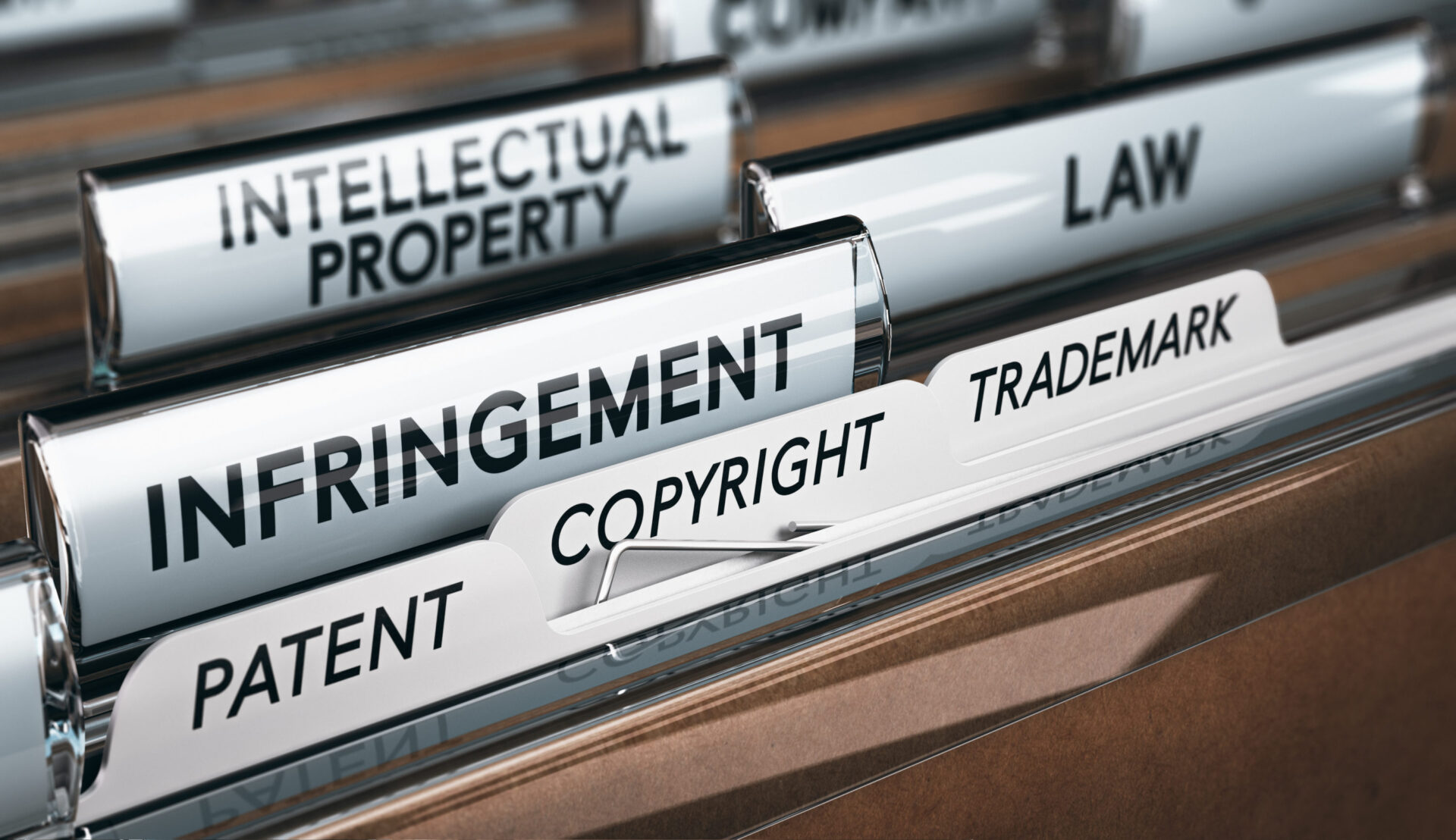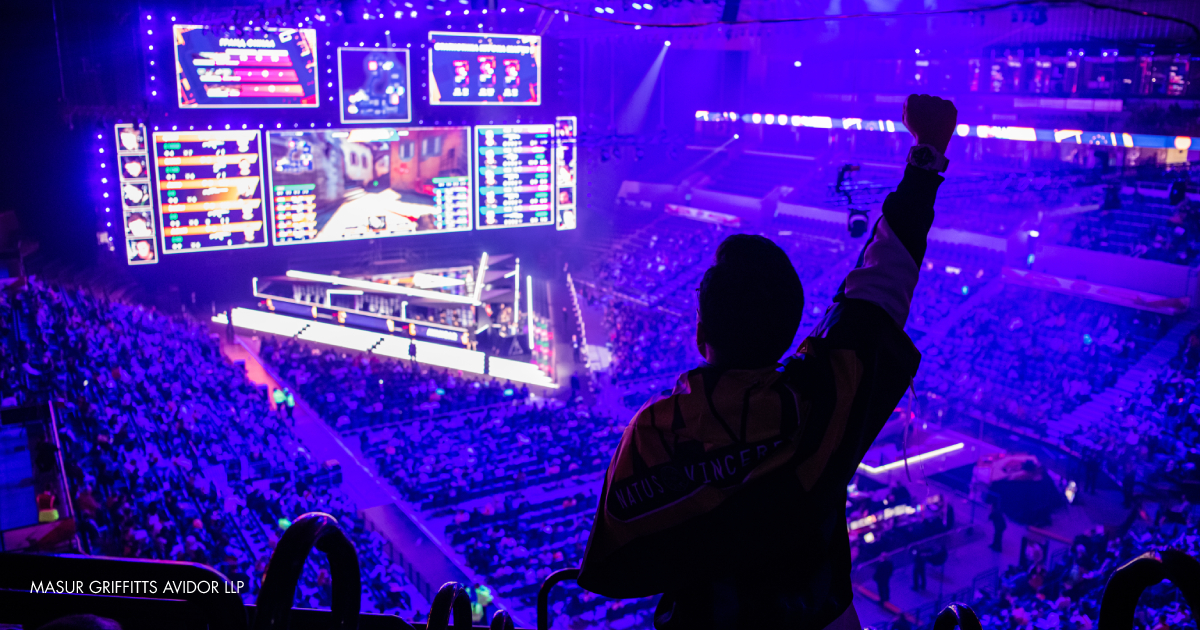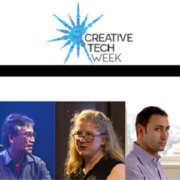Sync Negotiations: How Much Should You Ask for Your Music?
By: Steven Masur
Synchronization rights negotiations become relevant whenever someone wishes to use your or your client’s music in combination with visuals and moving images such as in movies, television shows, video games, or YouTube videos. Many lawyers write articles about the legal issues that you are likely to encounter in a typical sync negotiation. But the truth is, there’s no such thing as “typical” when it comes to your music. What is crucial to know are the practical considerations that will drive your discussion of the scope, length, and pricing for potential licensed uses.
In doing so, get as much information as you can about the planned uses. Some of the questions you may want to ask include:
- Is this for film, TV, streaming VOD, or some other use?
- What’s the revenue model, subscription, ad-driven content, or something else?
- Is it a music-driven script?
- What other music are they thinking of using adjacent to yours?
- What’s the distribution strategy? Is there an international distribution plan?
- Theatrical release, indie arthouse?
- If they can’t tell you their music budget, what’s the budget for the entire production?
- If it’s for advertising, what’s the brand?
- What’s the scale and length of the campaign?
- Will there be influencers pushing it? Who do they have in mind?
It is important to keep asking questions about the scale of the opportunity, and how the music will be used. As that picture becomes more and more clear, you will be able to ascertain how real the opportunity is and come to a comfortable idea of the appropriate fee for your work.
Typically, the interested party will be paying a one-time flat fee for use of the song in their project. In most cases, this sync license fee can range from a few hundred dollars for a small artist in a small project to a few hundred thousand dollars for a major artist whose song is being used in a large budget production. Still, there are other payment arrangements available that may include royalty interests or some other calculation of fees.
After internalizing the intended use as well as the typical payment that similar works garner in similar projects, you should have a solid idea of how much you should be asking for your music. You ought to be skeptical of “test” deals, where entities attempt to get limited usage rights for a test to see how your music reacts against a market, or “just for social media.” As soon as your music is being exposed to actual customers for their product, it is no longer a test – it is then a use. Also, it’s unlikely they will be coming back for more.
You should also pay close attention to what the stated scope and scale of the usage of the music is and explicitly have outlined in the agreement that authorized usage by the license. Often, though the main purpose of the licensing is for use in a production like a motion picture, the licensee will plan to use the work in advertising or social media posts as noted above.
It is important to remember that having your music in circulation in any context is great promotion for future uses, or for the rest of your songs, and could even get your act touring. Still, it is easy to fall victim to receiving payment for your sync license that is well below the value of your work given the scope and scale of its use. Exposure and passive income are great but receiving an undervalued fee for your music can sometimes outweigh those benefits.









